When you think of scorpions, the first word that probably comes to mind is danger. But these ancient, armored arachnids are far more than just their sting. From glowing in the dark to giving birth to live young, scorpions are packed with surprises. Here are 10 amazing facts about scorpions that will completely change the way you see them.
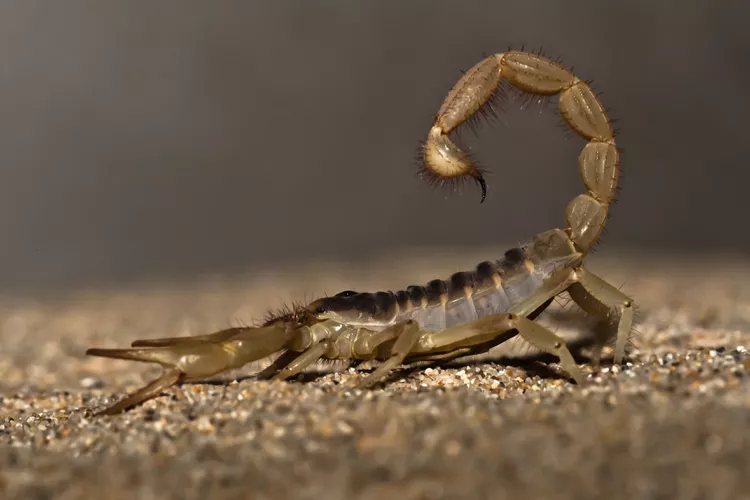
Unlike most insects that lay eggs, scorpions are viviparous — they give birth to live babies. After birth, the tiny scorpions climb onto their mother’s back, where they remain safe until they molt for the first time. Then, they head out on their own.
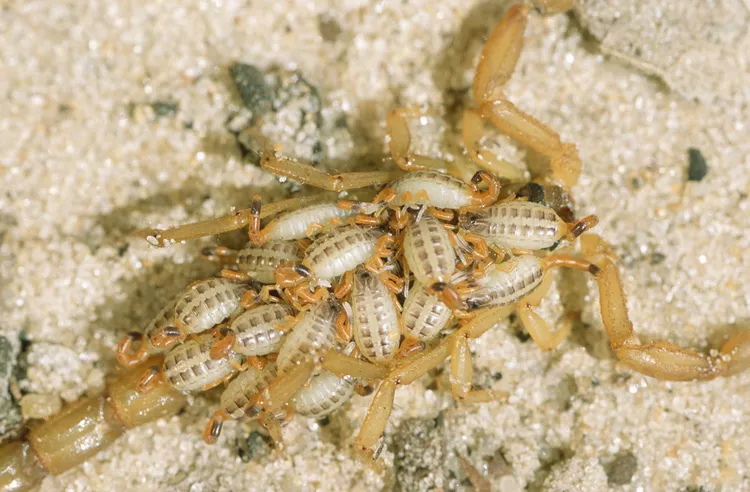
While many insects live only days or weeks, scorpions can live between 2 to 10 years in the wild. In captivity, some individuals have reached an astonishing age of 25. That’s a long life for an arthropod!

Scorpions have barely changed in appearance over the past 300 million years. Some of their ancestors likely lived in water and had gills. Today’s scorpions are a snapshot of prehistoric life, living proof of evolutionary endurance.
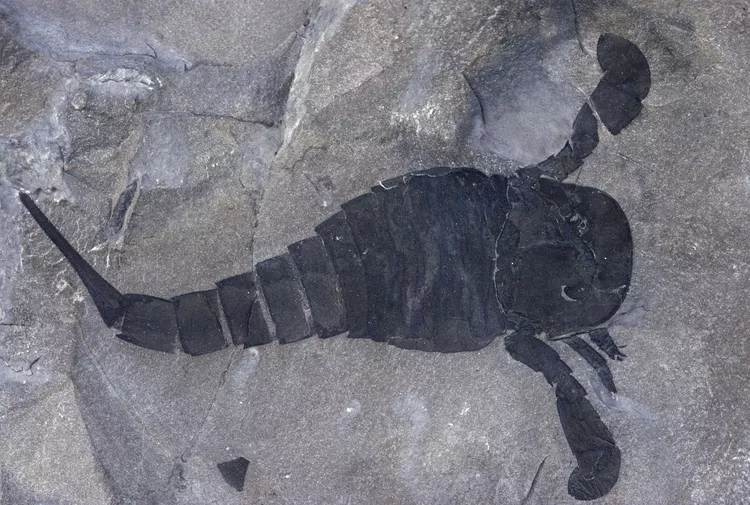
Scorpions are incredibly resilient. They can go a full year without food, survive 48 hours underwater, and thrive in harsh, arid environments by extracting moisture from their prey. Their ultra-low metabolic rate makes them one of nature’s toughest survivors.
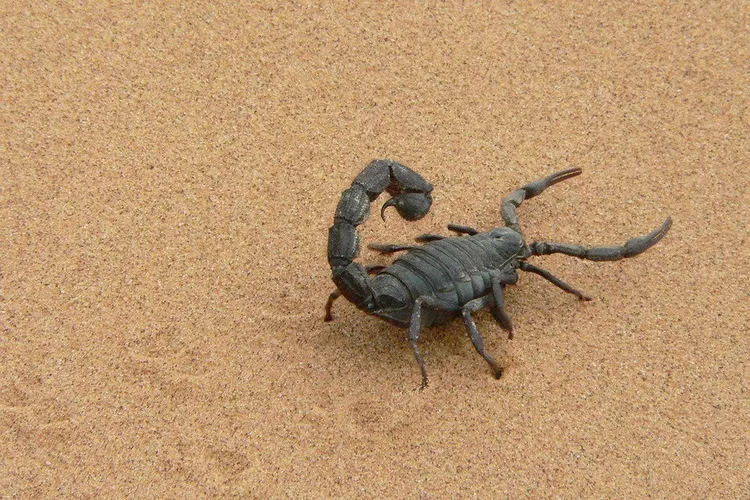
Scorpions belong to the arachnid family, making them relatives of spiders, mites, and ticks. They have eight legs, two body segments, and a pair of powerful pincers — all classic features of the arachnid clan.
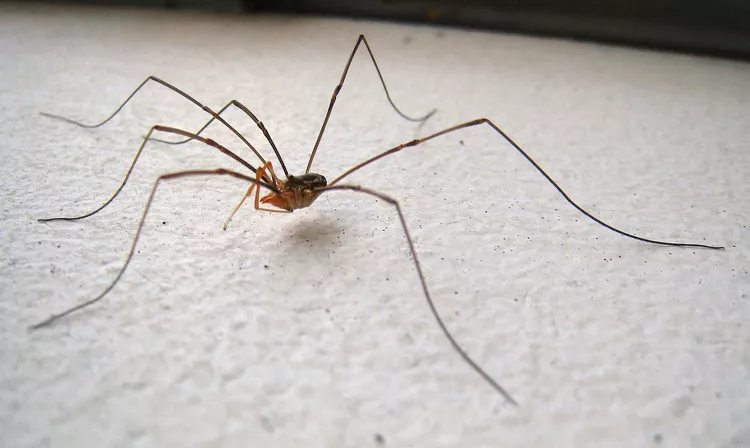
Scorpion courtship is an elegant ritual known as the promenade à deux. The male holds the female’s pincers and leads her in a dance until he finds a spot to deposit his sperm package. In captivity, the female might eat the male after mating — quite the deadly date.

Under ultraviolet light, scorpions glow with an eerie blue-green color. This strange trait makes them easier to find at night, and even ancient scorpion fossils can still fluoresce. Scientists aren’t sure why this happens, but it certainly adds to their mystique.
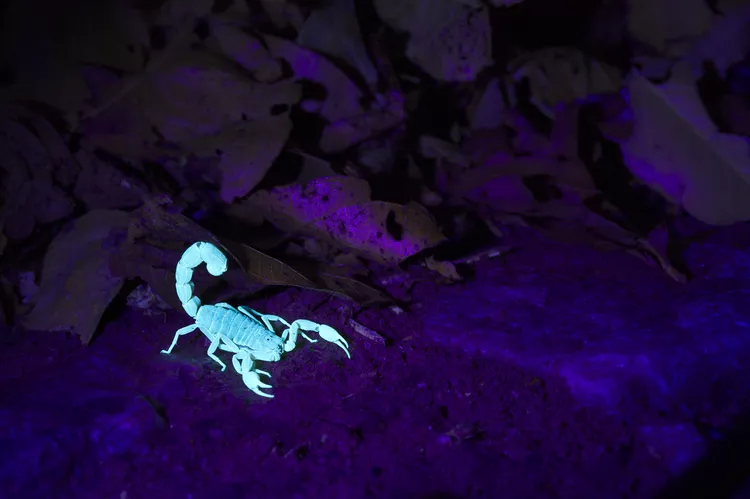
Most scorpions are nocturnal predators, feeding on insects, spiders, and sometimes even small lizards and rodents. If food is scarce, a hungry mother might eat her own young — a harsh reality of survival in the wild.
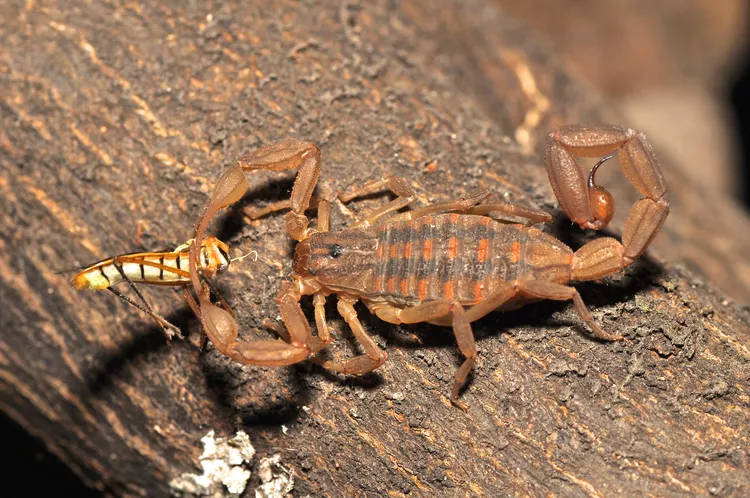
Scorpions don’t sting wildly. Their venom is stored in a gland at the end of their tail and delivered through a sharp stinger. They can adjust how much venom to use based on the situation — more for prey, less for defense.

Despite their fearsome look, only about 25 of the nearly 2,000 known scorpion species have venom that’s potentially deadly to humans. In the U.S., only the Arizona bark scorpion is medically significant — and even that species rarely causes fatalities thanks to antivenom treatments.
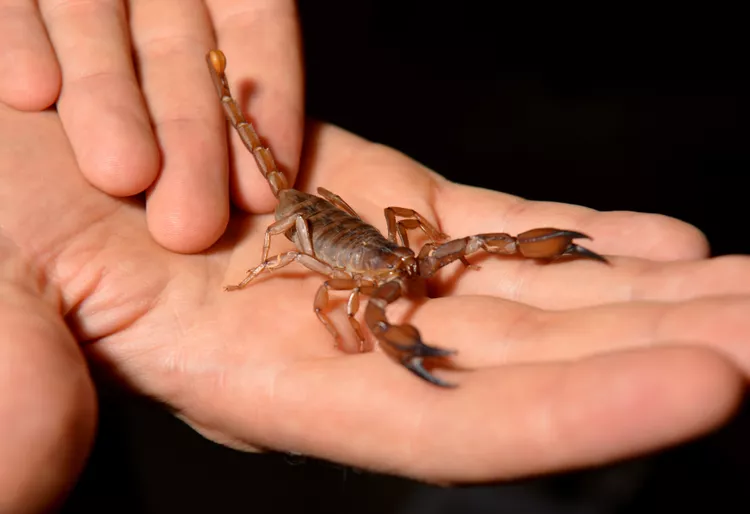
Scorpions aren’t just creepy crawlies — they’re evolutionary marvels. With their incredible survival abilities, ancient lineage, and bizarre behaviors, they’re one of nature’s most fascinating creatures. The next time you see a scorpion, maybe you’ll see it in a whole new light — especially if it’s glowing in the dark.
Sources
Bartlett, Troy. "Order Scorpiones — Scorpions." Iowa State University Department of Entomology, February 16, 2004.
Capinera, John L. "Encyclopedia of Entomology." 2nd edition, Springer, September 17, 2008.
Pearson, Gwen. "Luminous Beauty: The Secret World of Fluorescent Arthropods." Wired, Condé Nast, November 20, 2013.
Polis, Gary A. "The Biology of Scorpions." 0th Edition, Stanford Univ PR, May 1, 1990.
Putnam, Christopher. "Not So Scary Scorpions." Arizona State University School of Life Sciences Ask A Biologist, September 27, 2009.
Stockwell, Dr. Scott A. "Fluorescence in Scorpions." Walter Reed Army Institute of Research, Silver Spring, MD.
animal tags: Scorpions
We created this article in conjunction with AI technology, then made sure it was fact-checked and edited by a Animals Top editor.